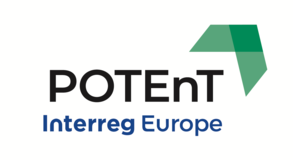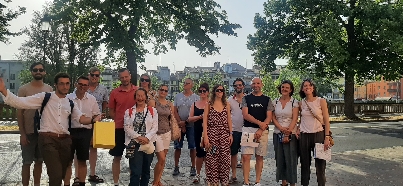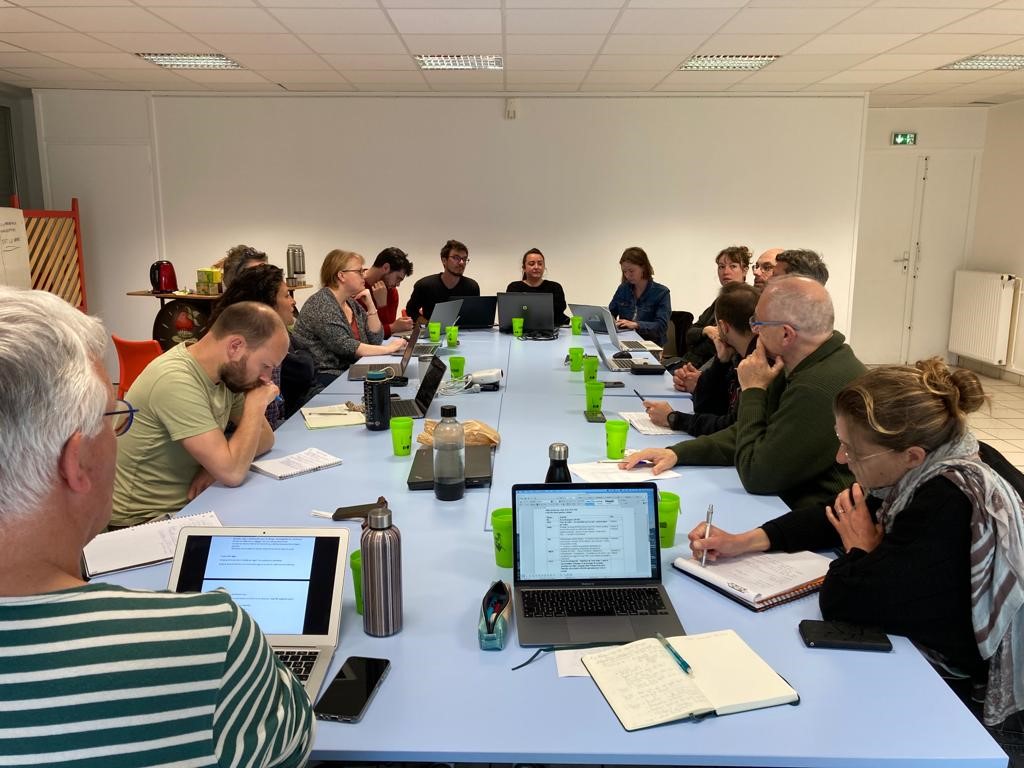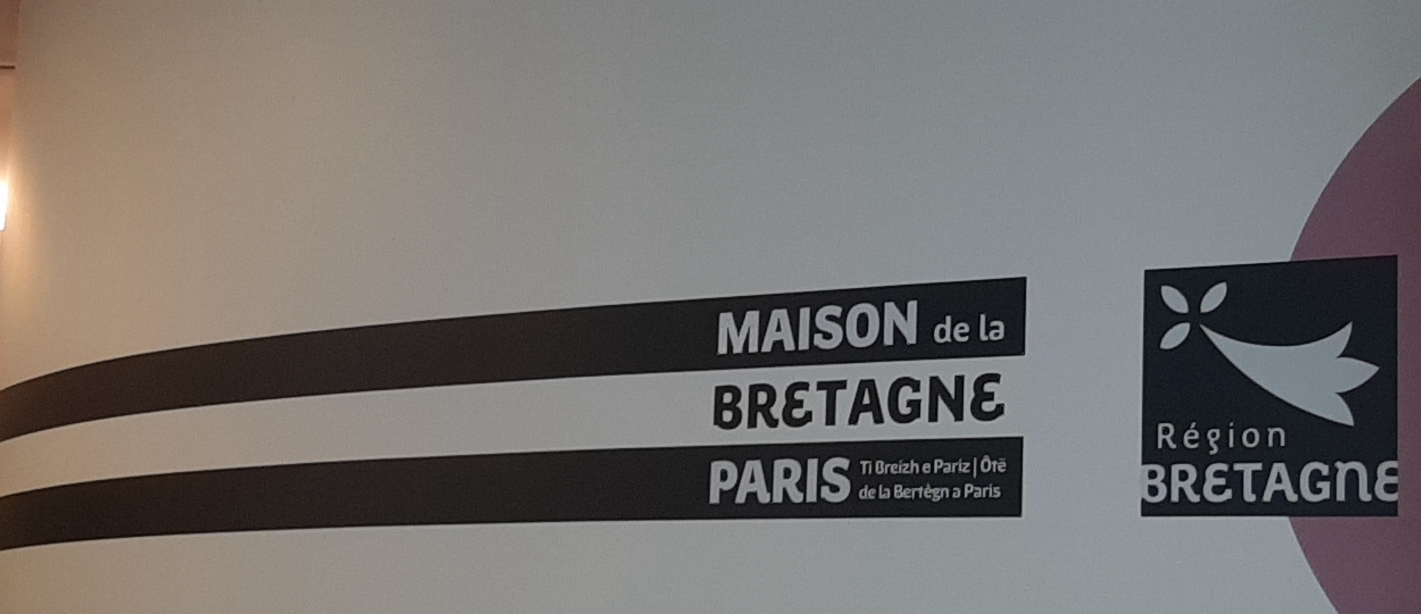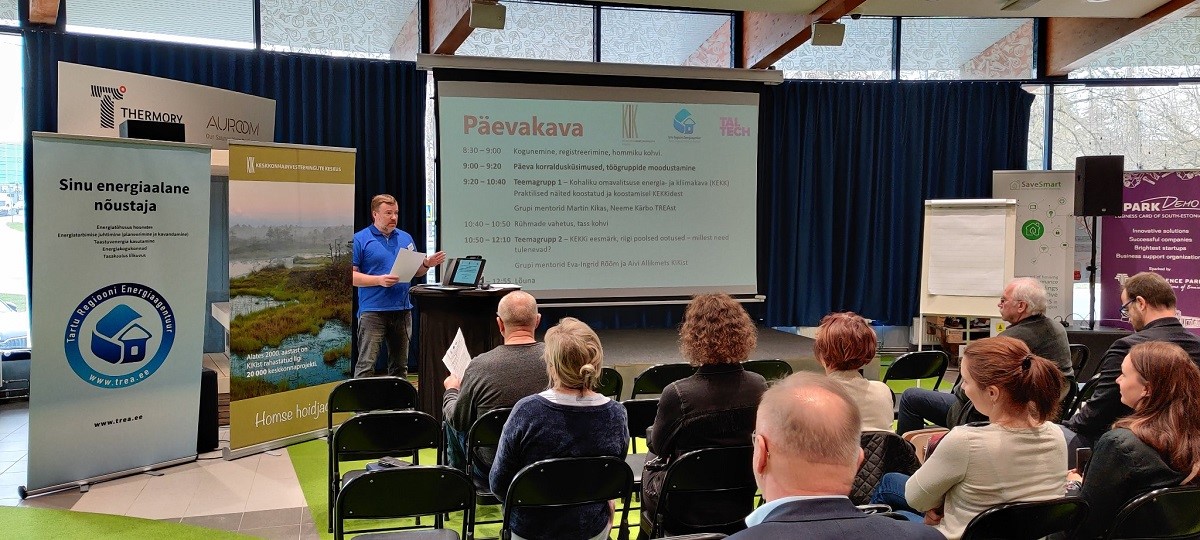The share of renewable energy continues to increase in the Region of Kronoberg: the analysis of the statistics, based on data from 2021, with the purpose to follow the development towards the regional target to become a ”Plus energy county” by 2050, is promising.
According to Energy Agency Southern Sweden's analysis of the statistics, the trend remains positive. The general trend is due to changes in different sectors. For heating purposes, bio-based district heating has replaced oil boilers for a long time and similar conversions are now taking place in industry. In the transport sector, the national program for reduction obligation is increasing the share of renewable fuel in diesel and petrol. The number of electric cars increase rapidly and almost half of all new cars in 2021 where chargeable. In addition to this, great efforts have been made to increase energy efficiency. All though not seen in these statistics, last year energy consumption has decreased substantially due to high energy prices all over Europe. In addition, more regionally produced renewable electricity is added to the county in recent years and will show further in coming numbers. Hydropower and bio-based power generation are established and well-known and sets a base for regional energy production. New production is increasing rapidly from photovoltaics and from wind power. As a result of the large regional wind power expansion, Kronoberg is on its way to become a net exporter of electricity to other regions.
The goal to be a Plus energy county is within reach!
The share of renewable energy in end-use has increased quite constantly since 1990, and the amount of fossil fuels has decreased by approximately 50% since 1990. The share renewables in end-use was 63% in 2019 for Kronoberg, while the corresponding figure for 2021 was 67% (in addition the share of nuclear power was 7% and fossil fuels 26%).
